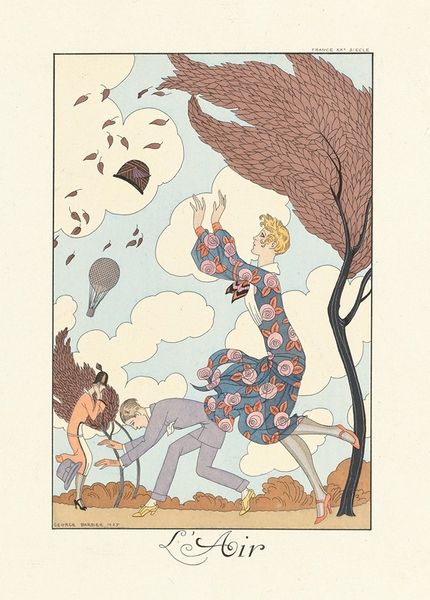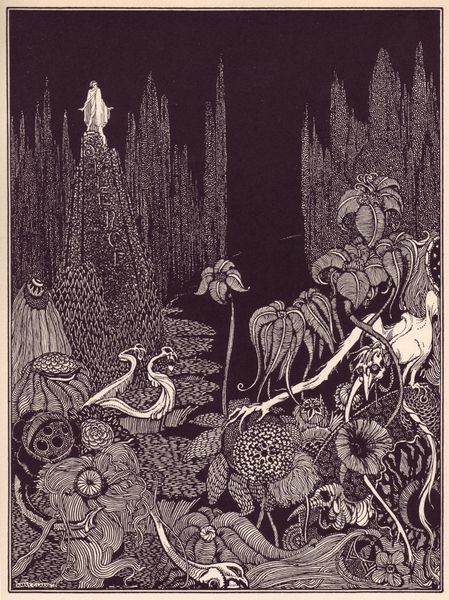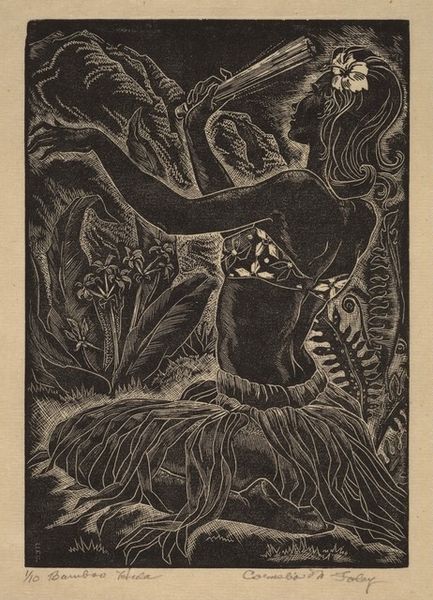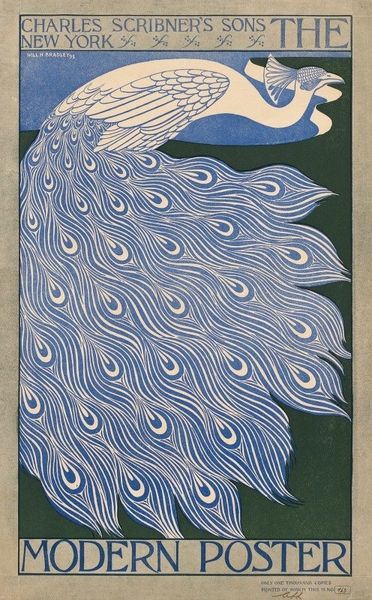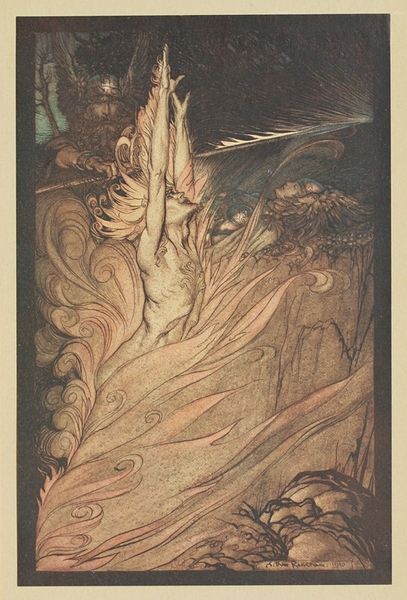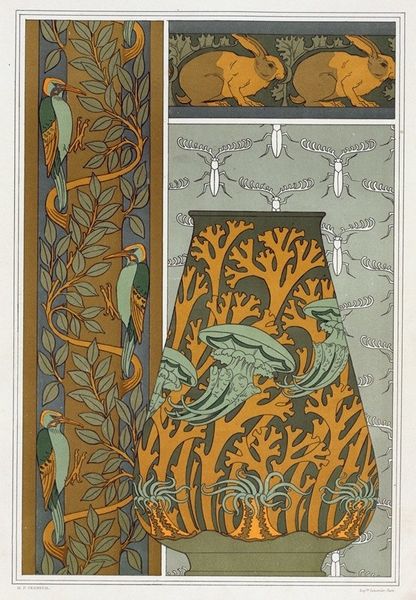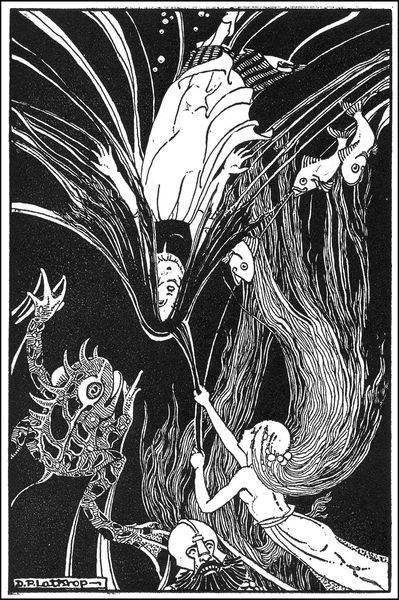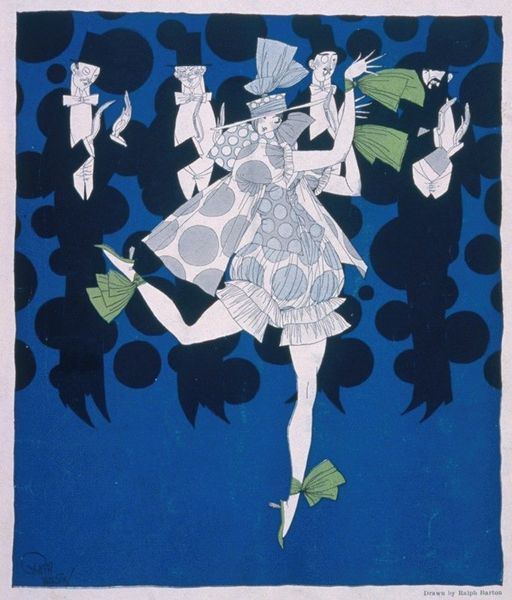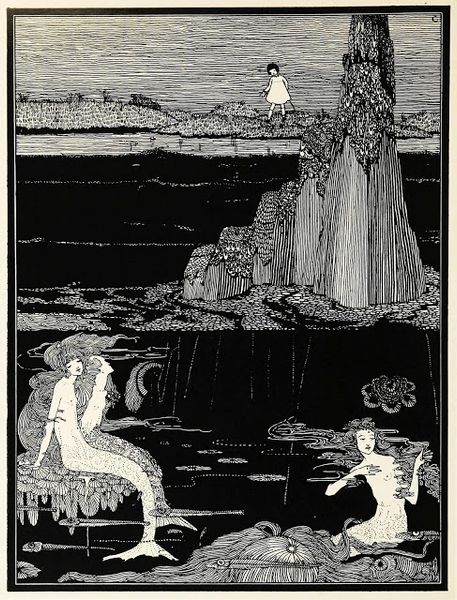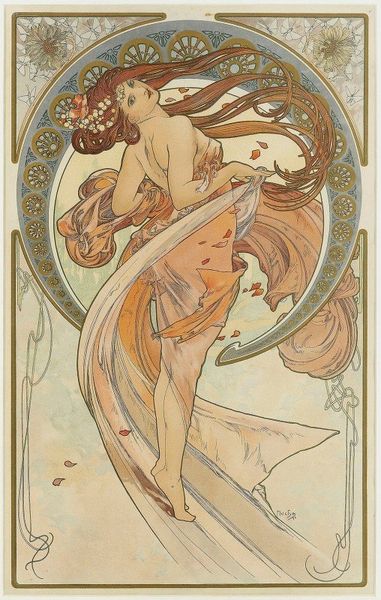
drawing, fibre-art, textile
#
drawing
#
fibre-art
#
art-nouveau
#
landscape
#
textile
#
geometric
#
symbolism
#
decorative-art
Copyright: Public domain
Otto Eckmann created this print, “Waldteich,” meaning “forest pond,” in Germany during the late 19th century, a period defined by its rapid industrialization. Eckmann's choice of imagery, presenting an idyllic and abstracted scene of nature, evokes a sense of cultural identity rooted in the German landscape. This imagery can be viewed as a response to the alienating effects of modernity. The rhythmic patterns and decorative elements reflect the artistic principles of the Jugendstil movement, the German counterpart to Art Nouveau. The stylized representation of natural forms such as trees, plants, and celestial bodies, along with the inclusion of frogs and owls, creates a symbolic language that emphasizes the beauty and mystery of the natural world. Such imagery also underscores a longing for harmony between humanity and nature, which was a common sentiment among artists of the time. By exploring printed journals and design manifestos from the period, we can better understand how Eckmann’s “Waldteich” speaks to the cultural values and social anxieties of its time.
Comments
No comments
Be the first to comment and join the conversation on the ultimate creative platform.
